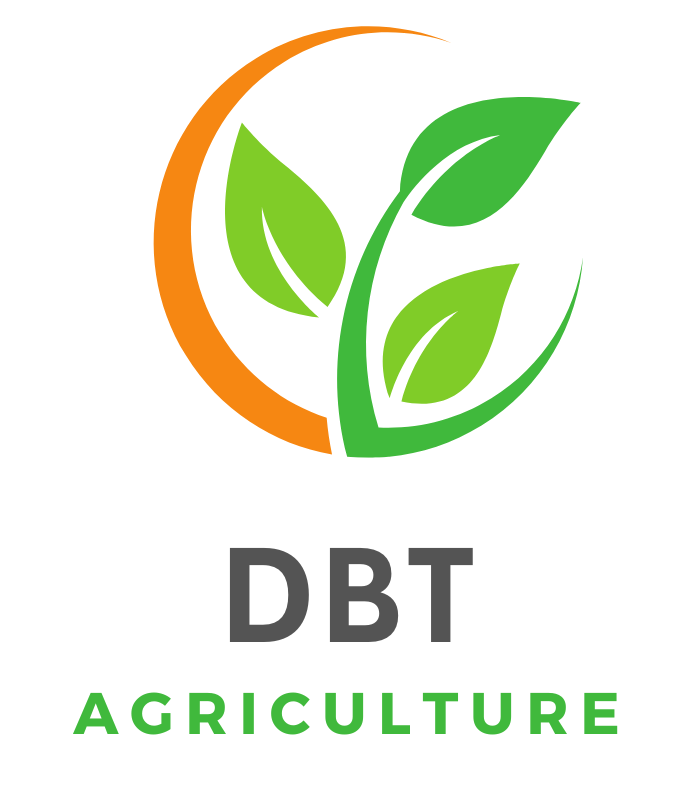Sustainable agriculture is more than just a buzzword; it’s a necessity. As global populations grow, the challenge of feeding the world without depleting the planet’s resources has never been more pressing. But here’s the good news for farmers and agricultural businesses alike—adopting sustainable practices isn’t just beneficial for the environment, it can also create cost savings and improve long-term profitability.
This blog explores how sustainable agriculture can strike the perfect balance between saving money and preserving the environment. From proven farming techniques to real-world case studies and government support programs, we’ll cover everything you need to get started with sustainable farming.
What Is Sustainable Agriculture and Why Is It Important?
Simply put, sustainable agriculture refers to farming practices that meet present needs without compromising the ability of future generations to meet their own. It emphasizes environmental health, economic profitability, and social equity.
Why is this important?
- Environmental Protection: Agriculture accounts for approximately 70% of global freshwater usage and is a significant contributor to greenhouse gas emissions. Sustainable practices help mitigate these impacts by conserving water, improving soil health, and reducing carbon footprints.
- Economic Stability: By focusing on long-term productivity (instead of short-term gain), sustainable agriculture ensures ongoing profitability for farmers.
- Global Food Security: Sustainable farming practices create resilient systems that can withstand climate change and supply chain disruptions.
Techniques for Sustainable Farming
Farmers around the globe are turning to innovative yet practical methods to cultivate food sustainably. Here are four key techniques that can make farming both environmentally friendly and economical.
1. Cover Cropping
Cover cropping involves planting crops such as clover or rye that are not intended for harvest. Instead, they are grown to protect and enrich the soil.
- Benefits:
- Reduces erosion and nutrient loss during off-seasons.
- Improves soil organic matter, enhancing fertility over time.
- Suppresses weeds naturally, reducing the need for chemical herbicides.
Farmers like Amy Clarke from Pennsylvania have seen incredible results with cover cropping, reducing pesticide use on her farm by 40% in just two growing seasons.
2. Crop Rotation
This age-old practice involves alternating the types of crops planted in a specific area each season.
- Benefits:
- Prevents soil depletion caused by planting the same crop repeatedly.
- Manages pests and diseases by breaking their life cycles.
- Reduces the need for synthetic fertilizers, saving money.
For instance, Iowa corn farmer Jason Miller discovered that rotating legumes with corn replenished nitrogen in his soil, cutting his fertilizer costs by 30%.
3. Reduced Tillage
Tilling (turning over the soil) is a common farming practice, but it can disturb soil structure and lead to erosion. Reduced tillage is a technique where minimal soil disruption occurs.
- Benefits:
- Retains organic matter and moisture in the soil.
- Saves fuel and labor costs associated with traditional tilling methods.
- Prevents soil compaction, allowing roots to thrive.
Farmers across Europe adopting no-till farming have reported fuel savings of up to 50% while seeing no drop in yield.
4. Water Conservation
With water access becoming increasingly scarce, efficient water management is critical. Techniques like drip irrigation and rainwater harvesting are game-changers.
- Benefits:
- Maximizes water usage by delivering it directly to plant roots.
- Reduces water waste and runoff.
- Keeps operational costs lower over time.
According to the United Nations, some farmers have achieved up to 90% efficiency in water usage by shifting to drip irrigation.
The Financial Benefits of Going Sustainable
Sustainability isn’t just about saving the planet; it’s also smart economics.
Reduced Input Costs
- Farmers utilizing cover crops or rotating crops rely far less on synthetic fertilizers and pesticides, which can make up a significant portion of annual farming expenses.
Improved Soil Health
- Healthy soil leads to better yields. Practices like reduced tillage and cover cropping enhance soil fertility, improving production over time with lower resource input.
Long-term Productivity
- By preserving natural resources like water and soil, farmers ensure their lands remain fertile and productive for generations.
Consider the example of John and Sue Carr, who transitioned to sustainable farming in New Zealand. Within five years, they cut their operating costs by 23%, improved crop yields by 17%, and reduced their water usage significantly.
Real-World Success Stories
Farmers worldwide are proving that sustainable practices work.
- Henry’s Green Valley Farm (California)
Henry switched to drip irrigation and no-till farming. Not only did he see a 40% reduction in his water usage, but his fuel costs also dropped by over 30%.
- Rosa’s Organic Oasis (Brazil)
Rosa embraced crop rotation and composting, which helped her save $10,000 annually on synthetic fertilizers and pesticides.
- The Patel Family Dairy (India)
Using rainwater harvesting and cover cropping, The Patels achieved record profits while conserving up to 100,000 gallons of water annually.
Government Incentives and Programs
Transitioning to sustainable agriculture can feel daunting, but farmers can access plenty of resources and financial support to ease the shift.
U.S. Programs
- The USDA’s Sustainable Agriculture Research and Education (SARE) program offers grants and free resources.
- The Environmental Quality Incentives Program (EQIP) provides financial assistance for water conservation and soil health.
Global Initiatives
- The European Union provides subsidies to farmers adopting green practices through its Common Agricultural Policy (CAP).
- Developing nations benefit from programs like the Sustainable Farming Fund by the UN Food and Agriculture Organization (FAO).
Lead the Change in Farming
Sustainable agriculture is no longer a choice; it’s a necessity. By adopting techniques like cover cropping, reduced tillage, and crop rotation, farmers can save money, boost productivity, and safeguard the planet for generations to come.
If you’re ready to take the next step in making your farm more sustainable, plenty of resources are available. Research government grants, connect with other eco-conscious farmers, or explore sustainable farming workshops near you.
And remember, the best time to start was yesterday. The second best time is today. Together, we can nurture the soil, nourish the people, and build a brighter future.
